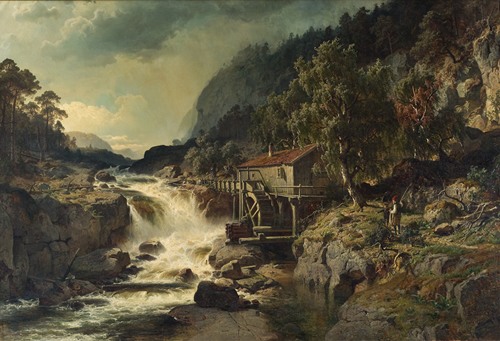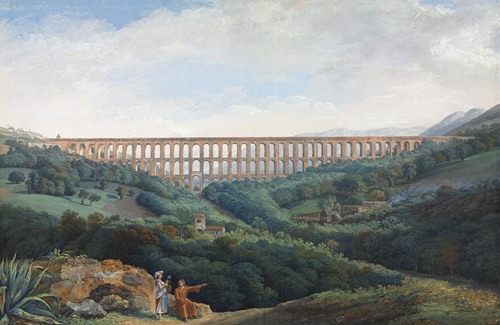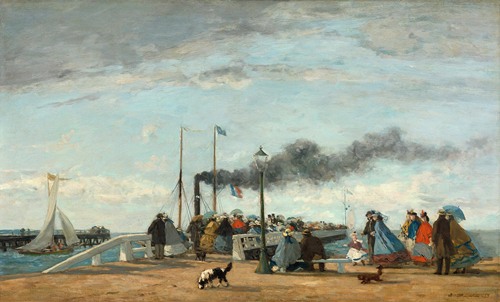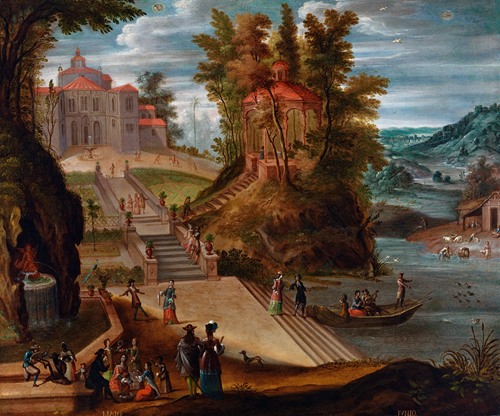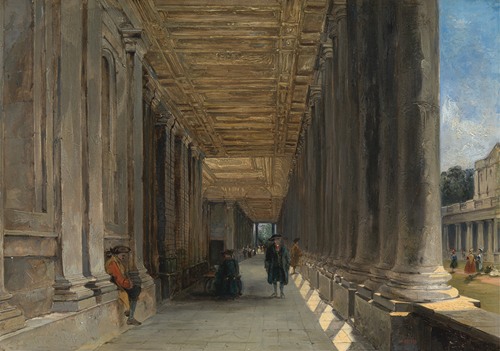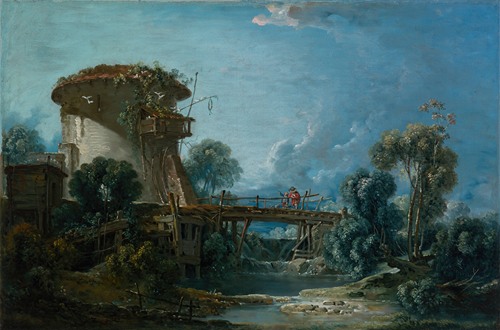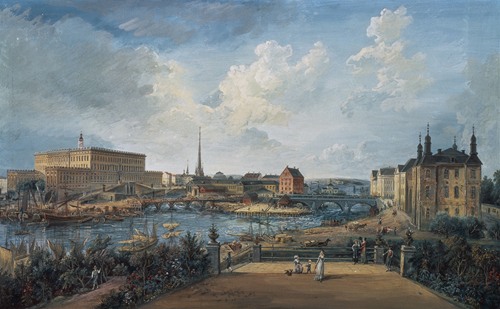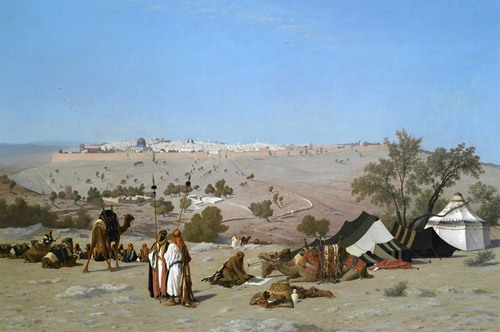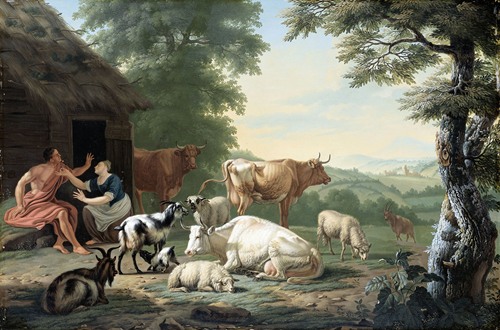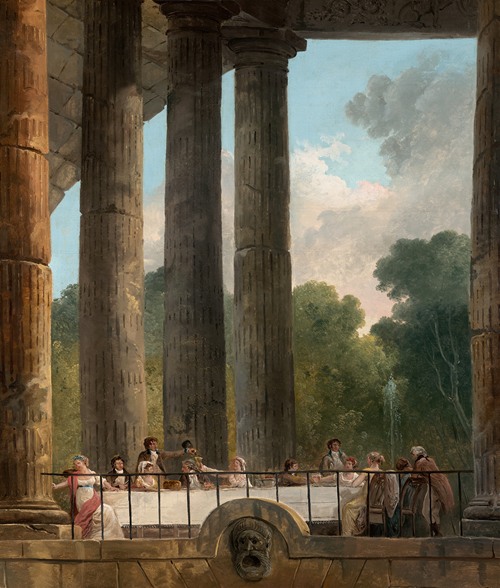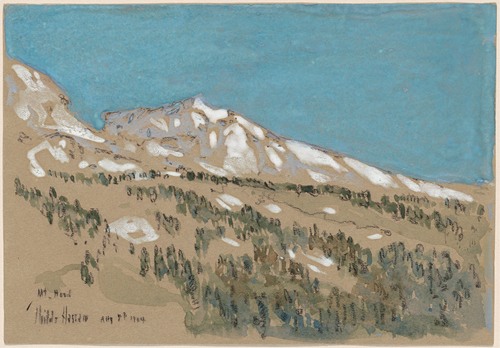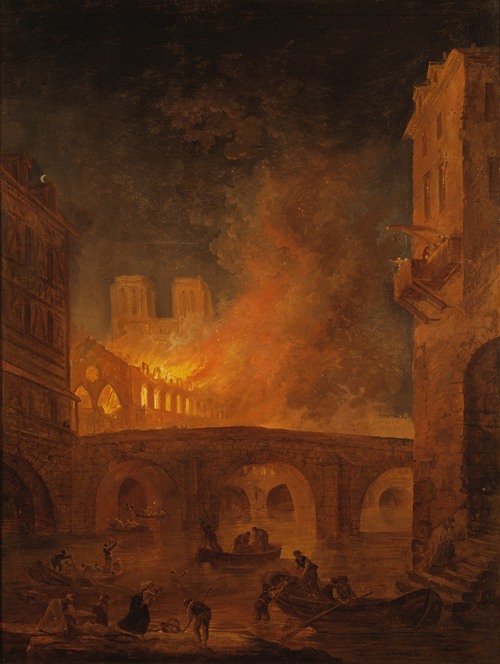

Ezechiele Acerbi was an Italian painter.
Belonging to a family of painters, nephew of Pasquale Massacra, patriot and protagonist of Lombard Romanticism, brother of Pietro and father of Mario, in 1866 he enrolled at the Civica Scuola di Pittura di Pavia, directed by Bergamo portrait painter Giacomo Trecourt, where he won the Cairoli prize, in 1873 the Frank prize with the painting La distribuzione dei medicinali di Santa Corona, in 1877 the Arnaboldi competition with L'arrivo del barchetto a Pavia. In 1878 he participated in the Exposition of the Society for the Promotion of Fine Arts in Turin, where he presented The Beggars.
He moved briefly to Milan around 1880, where he accepted commissioned portraits to obviate economic difficulties and approached the Scapigliato movement, and then returned to Pavia in 1888, a period in which he concentrated most of his works, mainly focused on portraits of scenes of daily life in the city (Acerbi is originally from the Borgo Ticino district, which overlooks the river) and Pavia countryside portrayed with bright tones and quick brushstrokes, in the Impressionist manner, used to accentuate the expressiveness of the works. His production in pencil and charcoal is also frequent.
He died in Pavia in 1920, a few years after being struck by progressive paralysis in his arms that limited his artistic production.
In 2010 the Civic Museums of Pavia dedicated a solo exhibition to him, entitled Ezechiele Acerbi and the painters of Lombard Impressionism.
